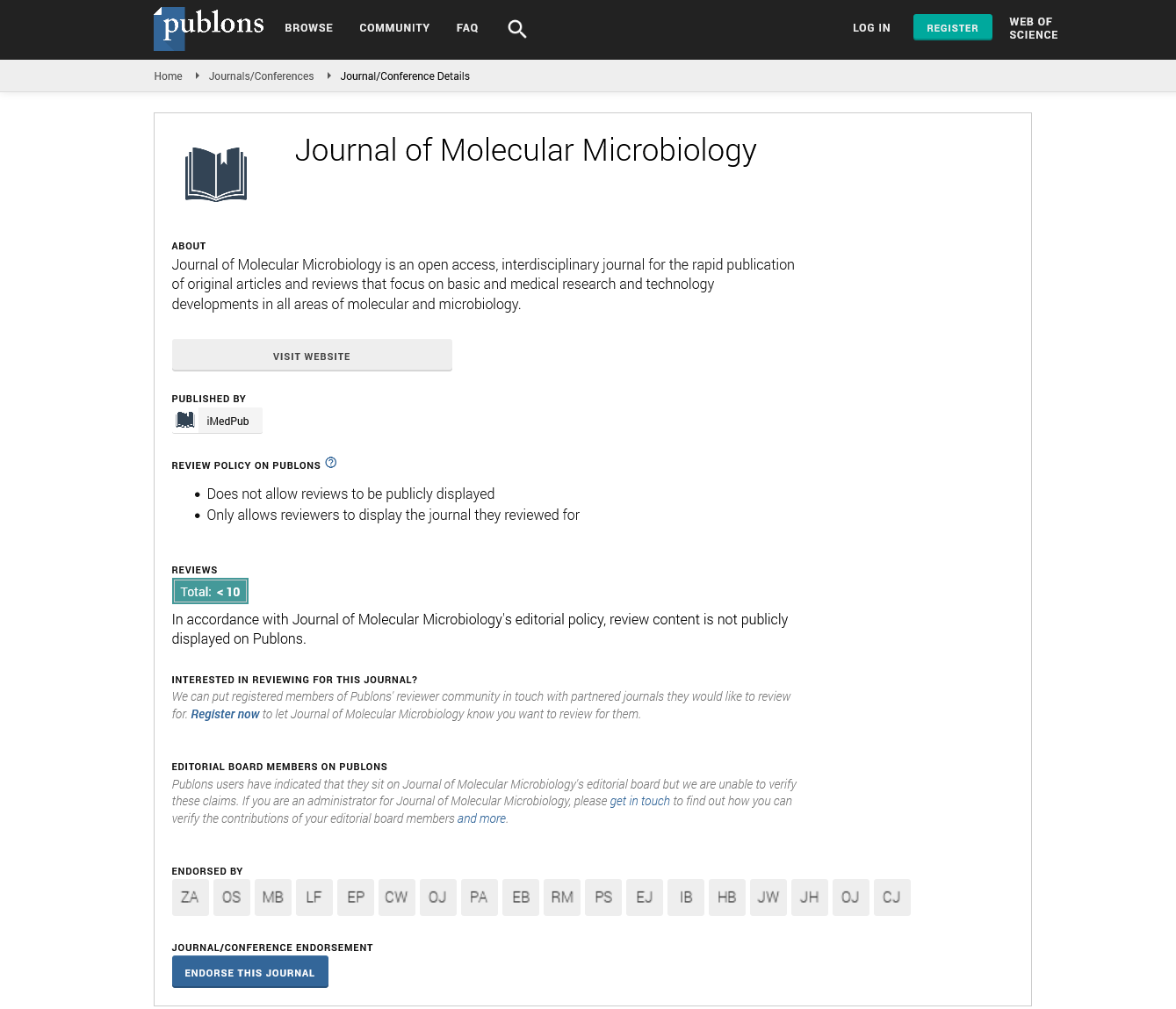Academic Journals In Histology
Histology is one of the most shifted fields of exploration, with a large group of handy applications. Researchers have utilized the histological staining of tissues to see how our bodies work, to find novel remedial focuses for ailment, and to help analyze patients experiencing sickness. The term histology was begat in 1819 by Karl Mayer, who joined the two Greek words histos (tissues) and logos (study).1 However, the historical backdrop of histology goes back significantly further with the approach of microscopy and the underlying examinations concerning how tissues and organs work inside the body.
Histology documentation incorporates tissues secured, tissues cut, tissues in square, tissues on slide, staining systems, and quality control check (square to slide examination) finished. All materials must be exceptionally distinguished and retrievable for future requests. Histology quality ought to incorporate that a similar blocking design is utilized each time, no superfluous segments exist, slide consistency tissue thickness, and equivalent hematoxylin and eosin tinctorial quality for control and rewarded. Blending of tapes from different treatment gatherings (if an enormous report) or running the whole investigation on a similar handling and recoloring cycle forestalls antiquities that might be deciphered as treatment impact.
High Impact List of Articles
-
Bacterial Degradation of Petroleum and Petroleum Products
Mihaela Marilena StancuEditorial: Journal of Molecular Microbiology
-
Bacterial Degradation of Petroleum and Petroleum Products
Mihaela Marilena StancuEditorial: Journal of Molecular Microbiology
-
Genetic Relatedness of Trichomonas vaginalis Isolates to the Clinical Variability
Wafaa A Abou-kamar, Aida A Abdel-Mageid, Hala A El-Nahas, Raefa A ATIA, Salwa A Abou El-khair and Alaa A Mosbah, Nora L El-TantawyResearch Article: Journal of Molecular Microbiology
-
Genetic Relatedness of Trichomonas vaginalis Isolates to the Clinical Variability
Wafaa A Abou-kamar, Aida A Abdel-Mageid, Hala A El-Nahas, Raefa A ATIA, Salwa A Abou El-khair and Alaa A Mosbah, Nora L El-TantawyResearch Article: Journal of Molecular Microbiology
-
Bio Fertilizer from Egyptian Bahraiya Oasis and Aswan Iron Ore Impurities Bioleaching by Azotobacter vinelandii
Mohamed Ali El-Badry Hafez, Elbarbary TA, Ibrahim IA and Abdel-Fatah YMResearch Article: Journal of Molecular Microbiology
-
Bio Fertilizer from Egyptian Bahraiya Oasis and Aswan Iron Ore Impurities Bioleaching by Azotobacter vinelandii
Mohamed Ali El-Badry Hafez, Elbarbary TA, Ibrahim IA and Abdel-Fatah YMResearch Article: Journal of Molecular Microbiology
-
Detection of the Antibiotic Resistance Pattern in Escherichia Coli Isolated from Urinary Tract Infections in Tabriz City
Abolfazl Jafari-Sales and Farnaz Rasi-BonabResearch Article: Journal of Molecular Microbiology
-
Detection of the Antibiotic Resistance Pattern in Escherichia Coli Isolated from Urinary Tract Infections in Tabriz City
Abolfazl Jafari-Sales and Farnaz Rasi-BonabResearch Article: Journal of Molecular Microbiology
Conference Proceedings
-
Improving the duration of immunity for FMD vaccines
S Parida, K Lloyd-Jones, R Herbert, K Parekh, M Madhanmohan, S B Nagendrakumar, A Milicic and V A Srinivasan -
Improving the duration of immunity for FMD vaccines
S Parida, K Lloyd-Jones, R Herbert, K Parekh, M Madhanmohan, S B Nagendrakumar, A Milicic and V A Srinivasan -
Micronutrient supplementation decreased plasma HIV RNA load and interleukin-6 without increasing CD4+ cell count in HIV-infected antiretroviral (ART-) naive patients
Obiako O. R., Musa B. O. P, Maiha B. B, I Abdu-Aguye, Okonkwo L, Balogun Y., Hassan A., Babadoko A., Muktar H. M. and Mohammed A. APosters & Accepted Abstracts: Journal of Transmitted Diseases and Immunity
-
Micronutrient supplementation decreased plasma HIV RNA load and interleukin-6 without increasing CD4+ cell count in HIV-infected antiretroviral (ART-) naive patients
Obiako O. R., Musa B. O. P, Maiha B. B, I Abdu-Aguye, Okonkwo L, Balogun Y., Hassan A., Babadoko A., Muktar H. M. and Mohammed A. APosters & Accepted Abstracts: Journal of Transmitted Diseases and Immunity
-
The use of a mobile phone-based application (Magpi) for data collection during dengue larval survey in Bangladesh - an operational feasibility study
Nath T. C, Padmawati R. S, Alam MS and Murhandarwati E. HPosters & Accepted Abstracts: Journal of Transmitted Diseases and Immunity
-
The use of a mobile phone-based application (Magpi) for data collection during dengue larval survey in Bangladesh - an operational feasibility study
Nath T. C, Padmawati R. S, Alam MS and Murhandarwati E. HPosters & Accepted Abstracts: Journal of Transmitted Diseases and Immunity
-
Proteomics insight into temperature-dependent pathogenicity of Cochliobolus lunatus during invasion of potato
Louis Bengyella and Naser AliyeFetoScientificTracks Abstracts: Archives of Clinical Microbiology
-
Proteomics insight into temperature-dependent pathogenicity of Cochliobolus lunatus during invasion of potato
Louis Bengyella and Naser AliyeFetoScientificTracks Abstracts: Archives of Clinical Microbiology
Relevant Topics in Immunology & Microbiology
Google Scholar citation report
Citations : 86
Journal of Molecular Microbiology received 86 citations as per Google Scholar report
Journal of Molecular Microbiology peer review process verified at publons
Abstracted/Indexed in
- Google Scholar
- Publons
Open Access Journals
- Aquaculture & Veterinary Science
- Chemistry & Chemical Sciences
- Clinical Sciences
- Engineering
- General Science
- Genetics & Molecular Biology
- Health Care & Nursing
- Immunology & Microbiology
- Materials Science
- Mathematics & Physics
- Medical Sciences
- Neurology & Psychiatry
- Oncology & Cancer Science
- Pharmaceutical Sciences
